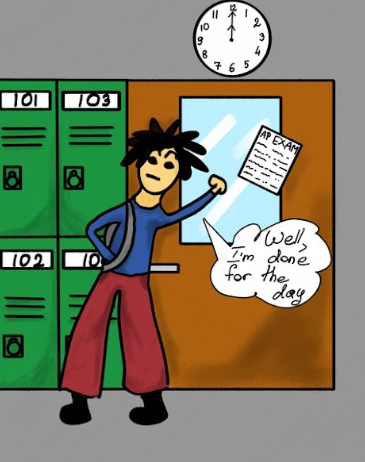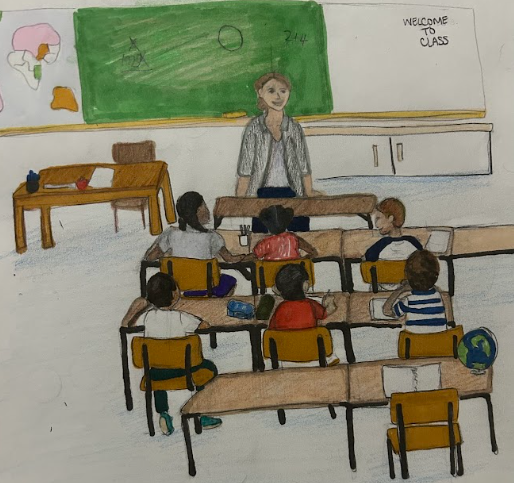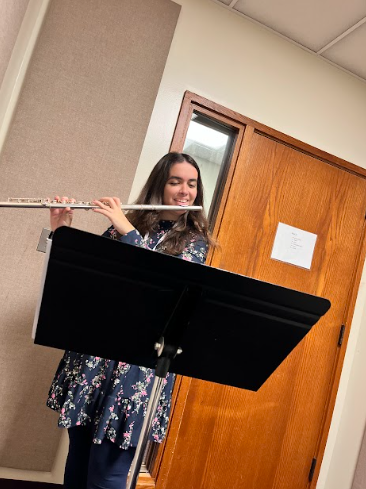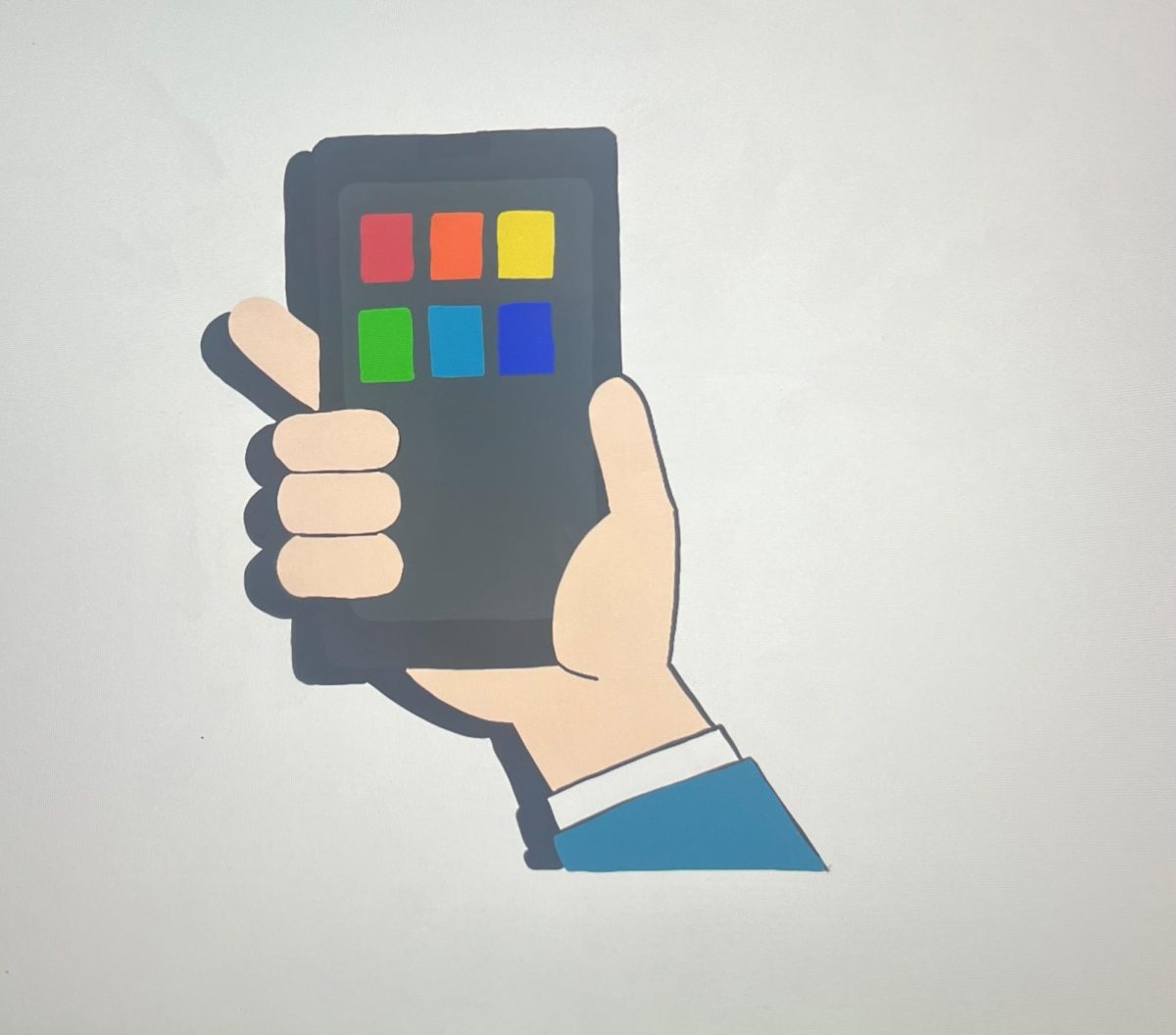In an era where the digital world seamlessly interacts with our daily lives, the matter of cell phones in schools has stirred countless debates from students and teachers alike. Cell phones have revolutionized our daily routines, consolidating various functions into one go-to device for everything, whether it be entertainment, communication, and/or navigation. It is nearly impossible to walk down a school hallway without witnessing the constant glow of screens, the tapping of fingers on keyboards, or the familiar sound of an arriving text message. Cell phones have become an integral part of our lives, yet the debate over their presence in the classroom carries on. Will there ever be a successful crackdown on the use of cell phones in schools? It is a question that has baffled educators, students, and parents for years, and it is time to revisit this issue. Cell phones can both disrupt and enhance the learning environment; therefore, there should be a balance to limit their negative impact in schools.
Why are cell phones so irresistible to students? These gadgets offer a myriad of activities that keep users hooked. From texting with friends to scrolling through social media feeds, cell phones have become the ultimate all-in-one tool for communication, entertainment, and overall connectivity. It is this addictive quality that makes it difficult for schools to figure out when and how to let students use cell phones while still keeping students’ learning on track. Junior Abigail Piazza explained, “Cellphones are used in school because school doesn’t interest most people. [Students] use phones as a distraction from school.”
The widespread adoption of cell phones among adolescents has brought both advantages and drawbacks. On one hand, cell phones can serve as powerful research tools, allowing students to access a wealth of information at their fingertips. Sophomore Ryan Mangru remarked, “A cell phone can be used as a resource for work and finding answers to [questions] you struggle with.” Cell phones can also enable teachers to incorporate interactive apps and online resources into their lessons, making learning more engaging and relevant.
Furthermore, cell phones have revolutionized communication in the way they allow us to stay in touch with family and friends, no matter where one may be. During critical situations, cell phones can offer a direct line of communication to first responders or medical aid. “Cell phones should be allowed [at school] because there could be an emergency and you may need to call your parents,” freshman Shannon Bludoy believes. Mangru shared a similar belief: “Cell phones in school [are] okay only [to send] a quick text to your parents. But for games and other non-important things, [cell phones should not be allowed].”
Consequently, cell phones can be incredibly distracting, leading to declining productivity and hindering students’ ability to focus. One of the primary drawbacks to allowing cell phone use in schools is the potential for excessive screen-time, which can lead to addiction and a decline in real-world social interactions. Bludoy added, “[Cell phones] do not have an impact on students’ education if students are utilizing them in hallways; however, if they are using [cell phones] in class, it can [negatively impact] their ability to learn.” Moreover, privacy concerns arise with the increasing amount of personal data stored on these devices, raising security issues.
Hence the question: will there ever be a crack down on the use of cell phones in schools? The answer may not be a straightforward yes or no. Instead, it is important to strive towards creating a balance that acknowledges the potential benefits of cell phones in education while minimizing their disruptive impact. One of the most prominent rules that appears to have slipped the minds of many LHS students is the restriction of cell phone use within classrooms and hallways, as they are only permitted in the cafeteria unless a teacher directs otherwise. This policy respects the need for connectivity and information access while also preserving productivity in the classroom. In the future, it is key to ensure that cell phones and education work together harmoniously for the success of both schools and the students who are growing up in a digital era.
















![Key Club members pose for a photo with Club Advisor Dr. Tieniber [far right] at Stonebridge Country Club. Photo Courtesy of @lhstieiber Instagram page.](https://lhshorizon.com/wp-content/uploads/2024/10/tempFileForShare_20241014-162748.jpg)

















